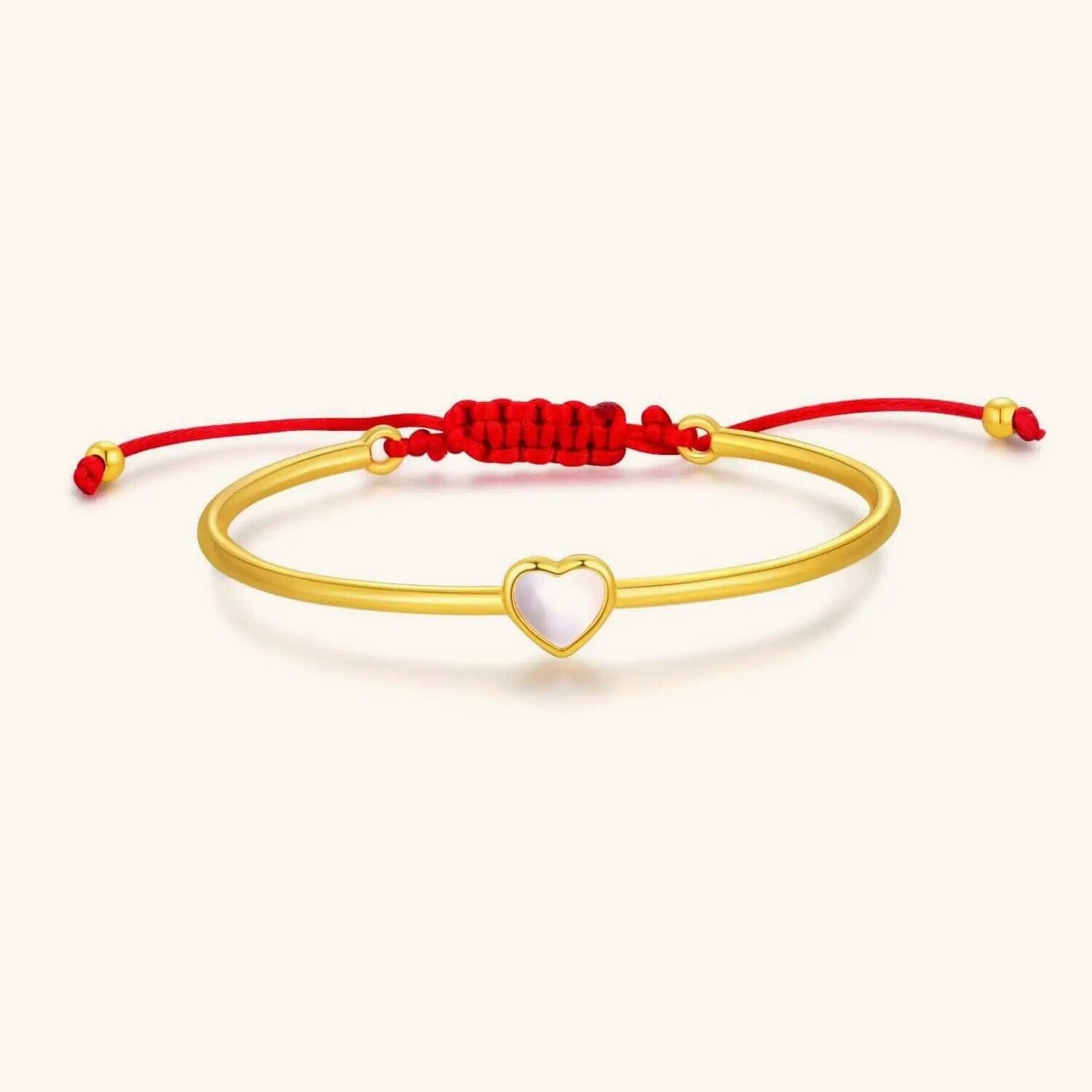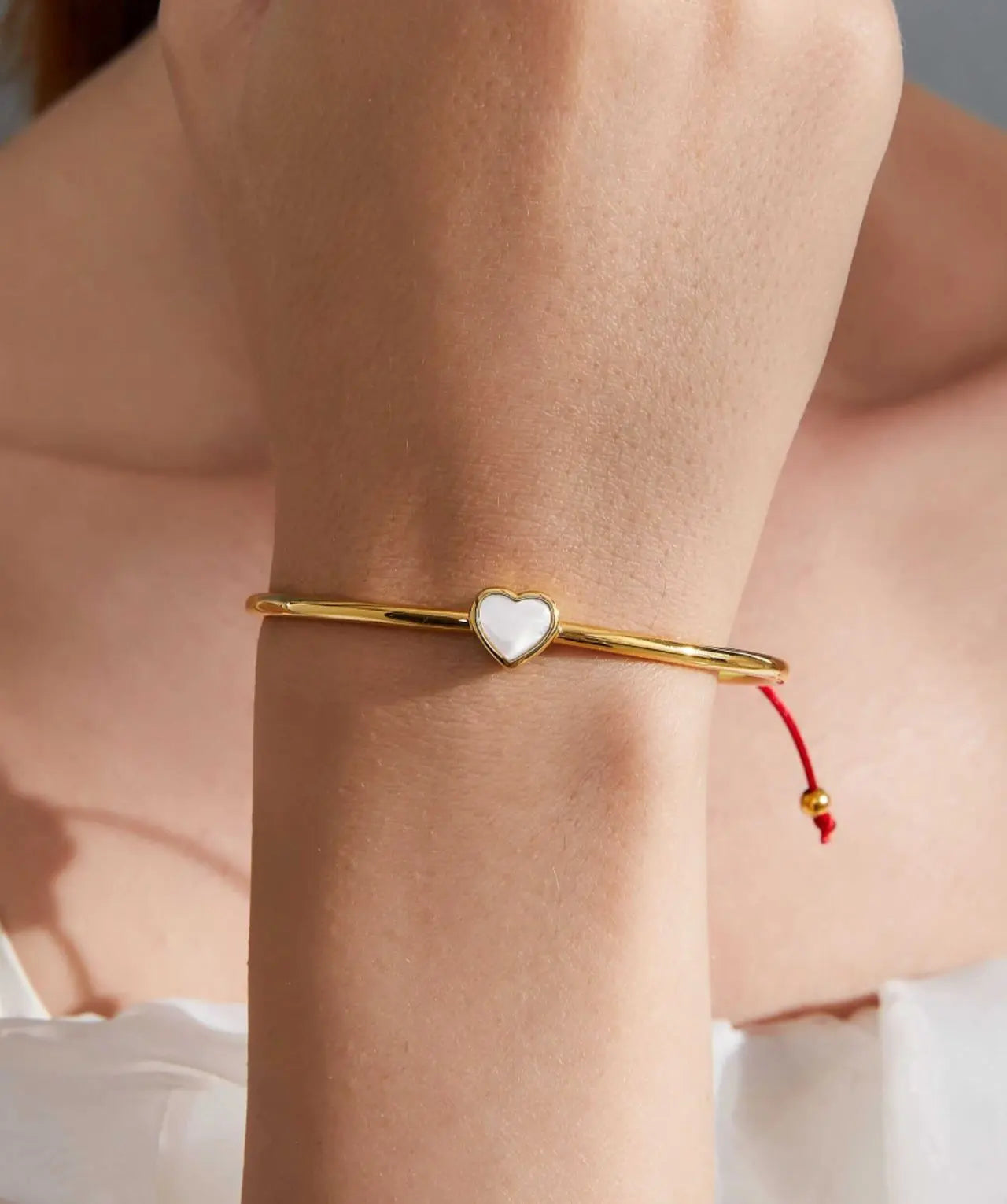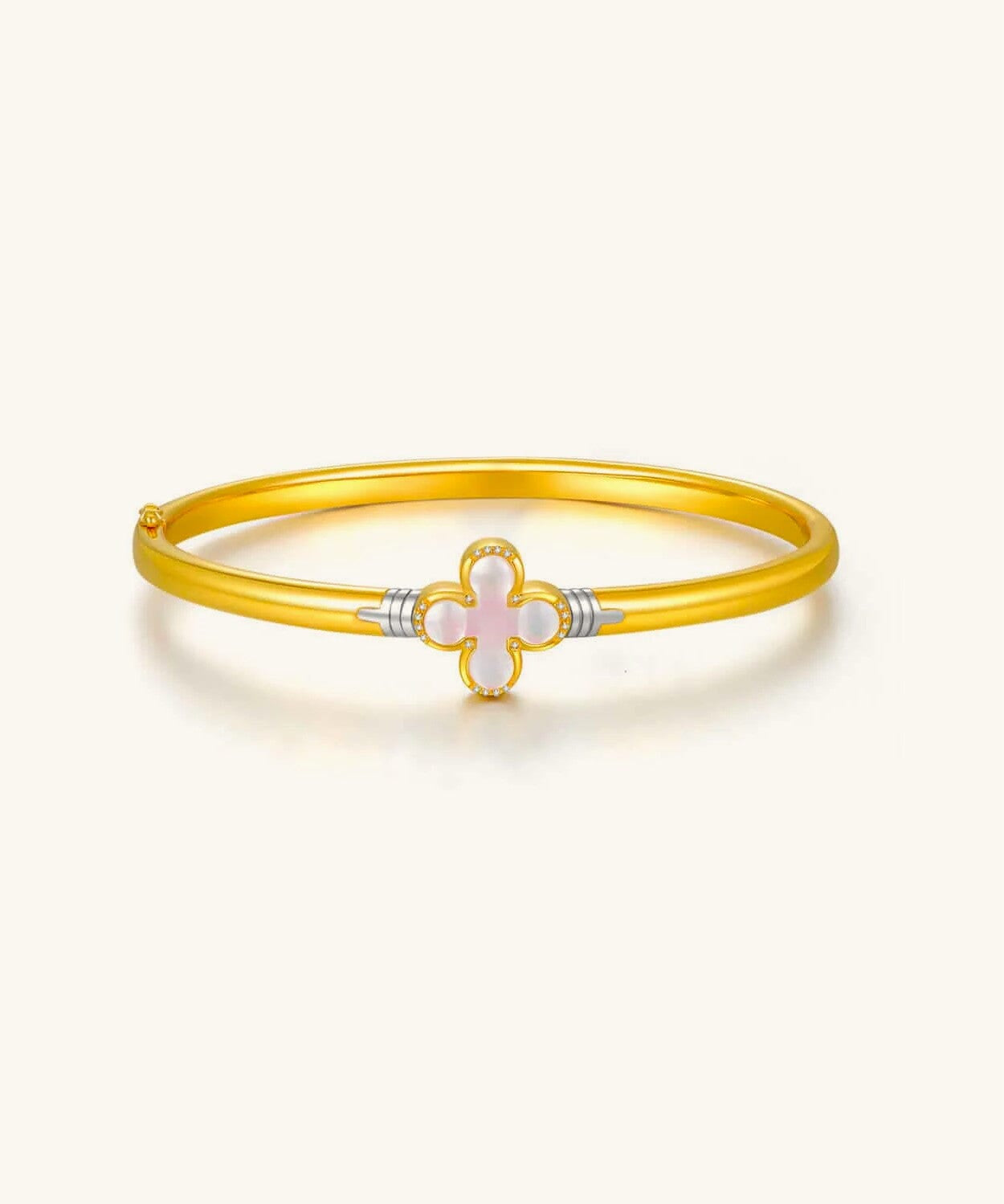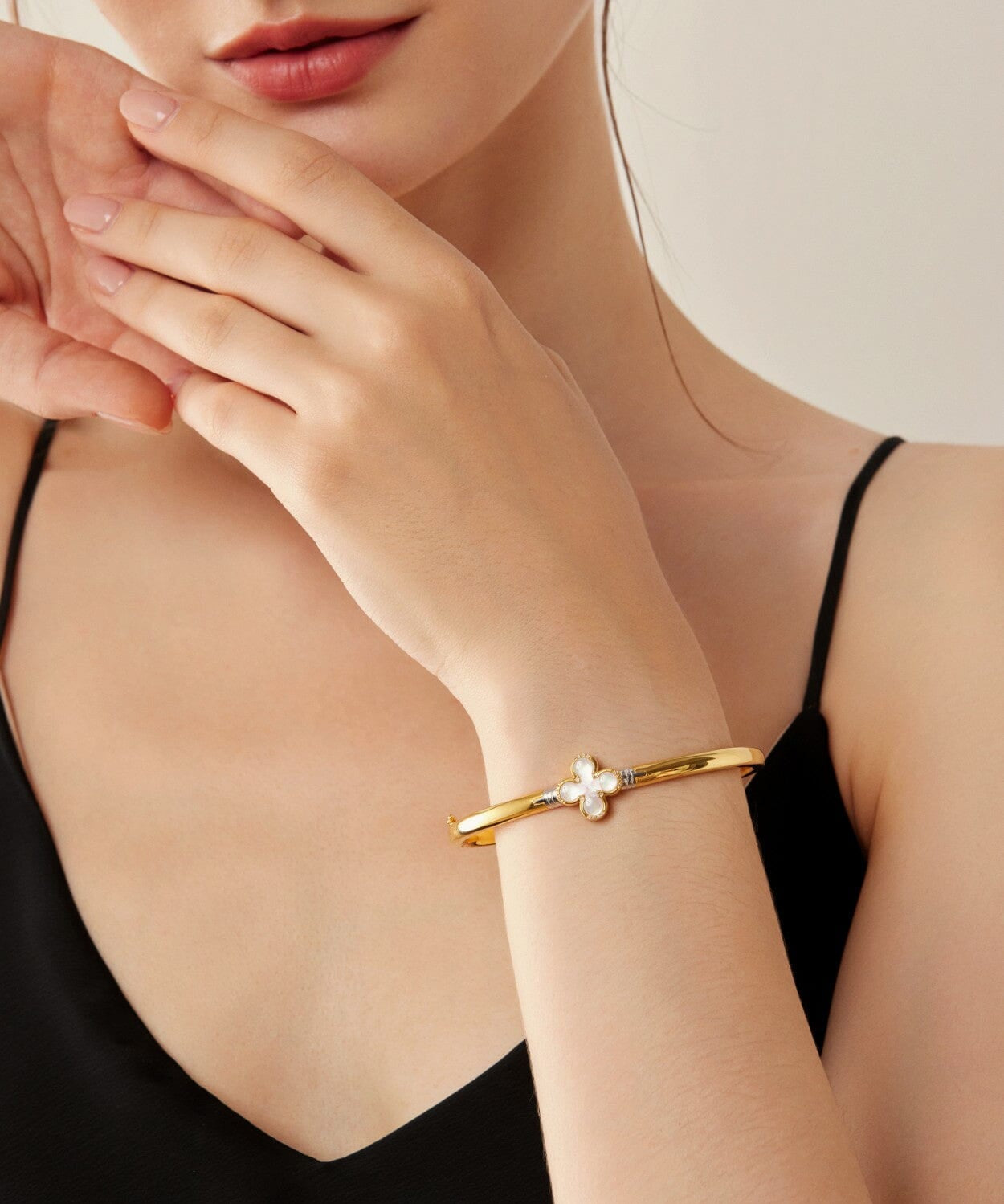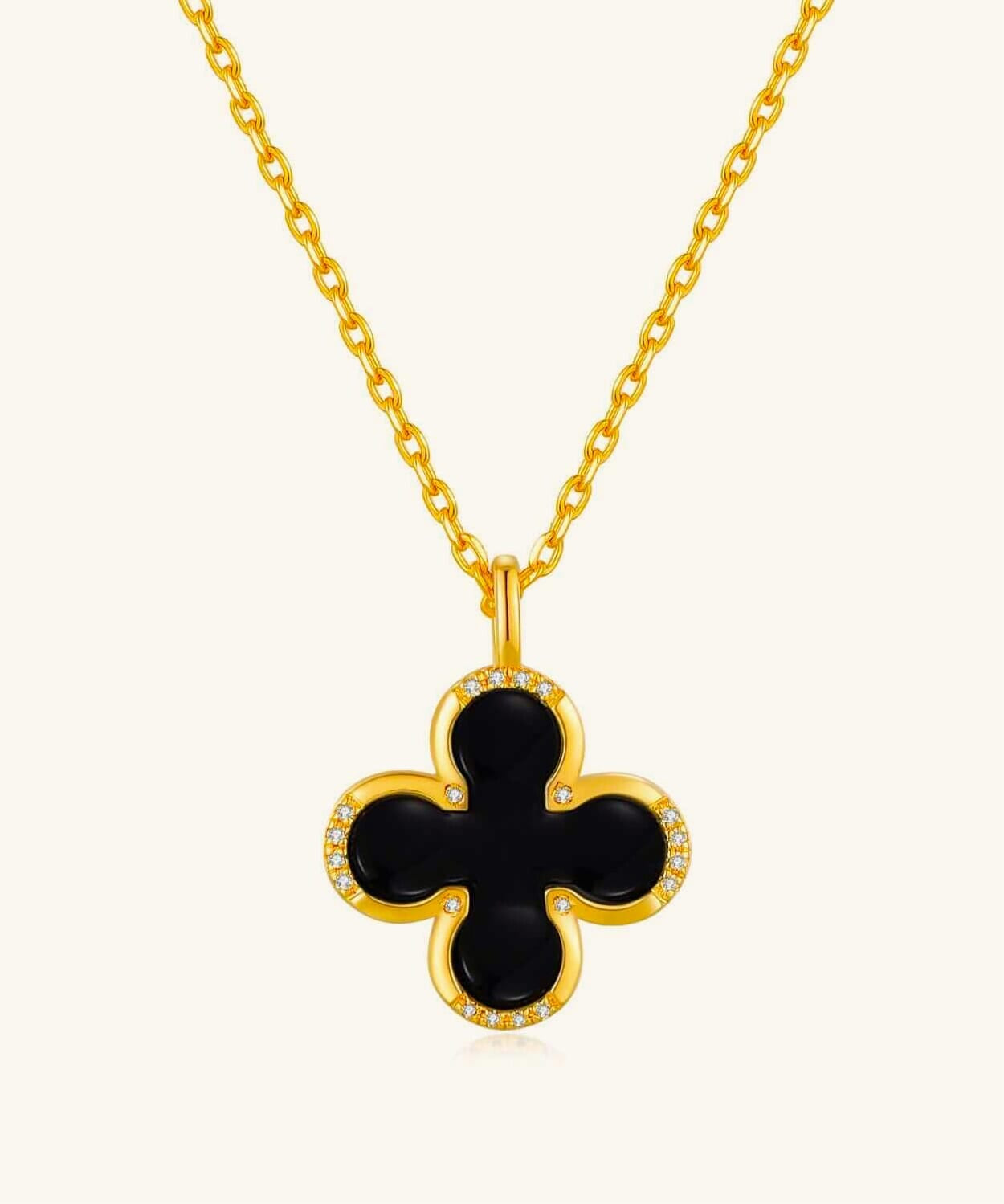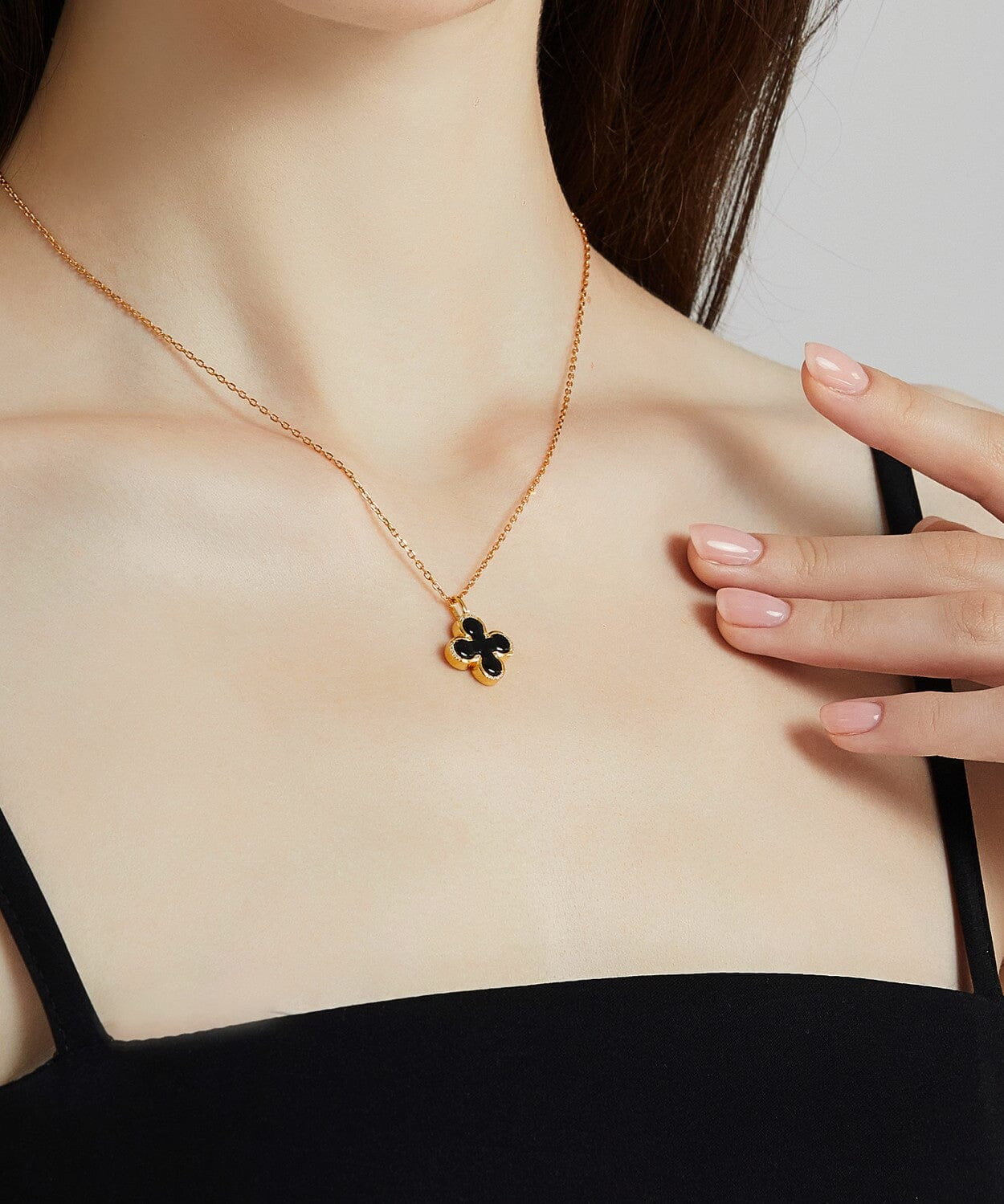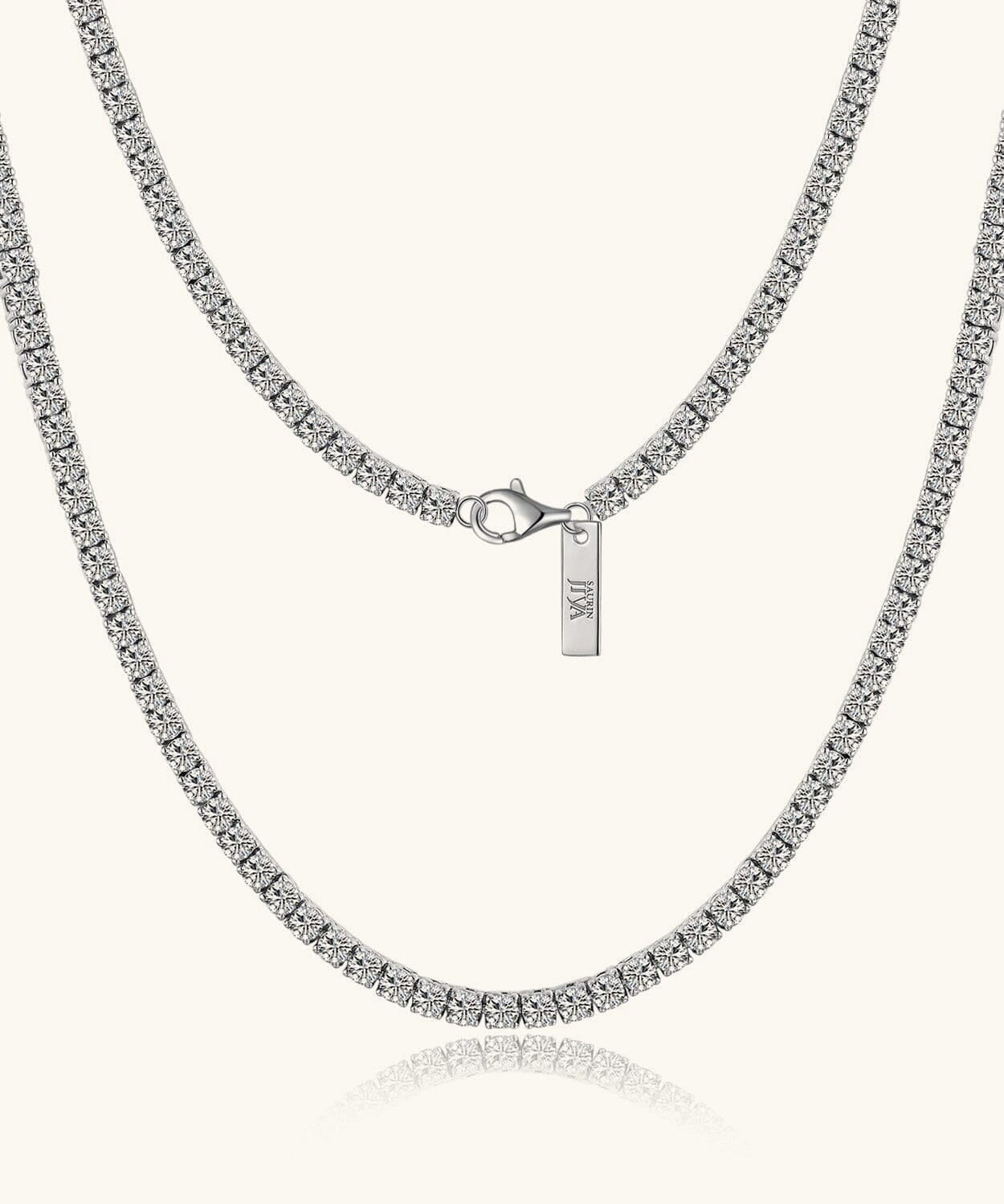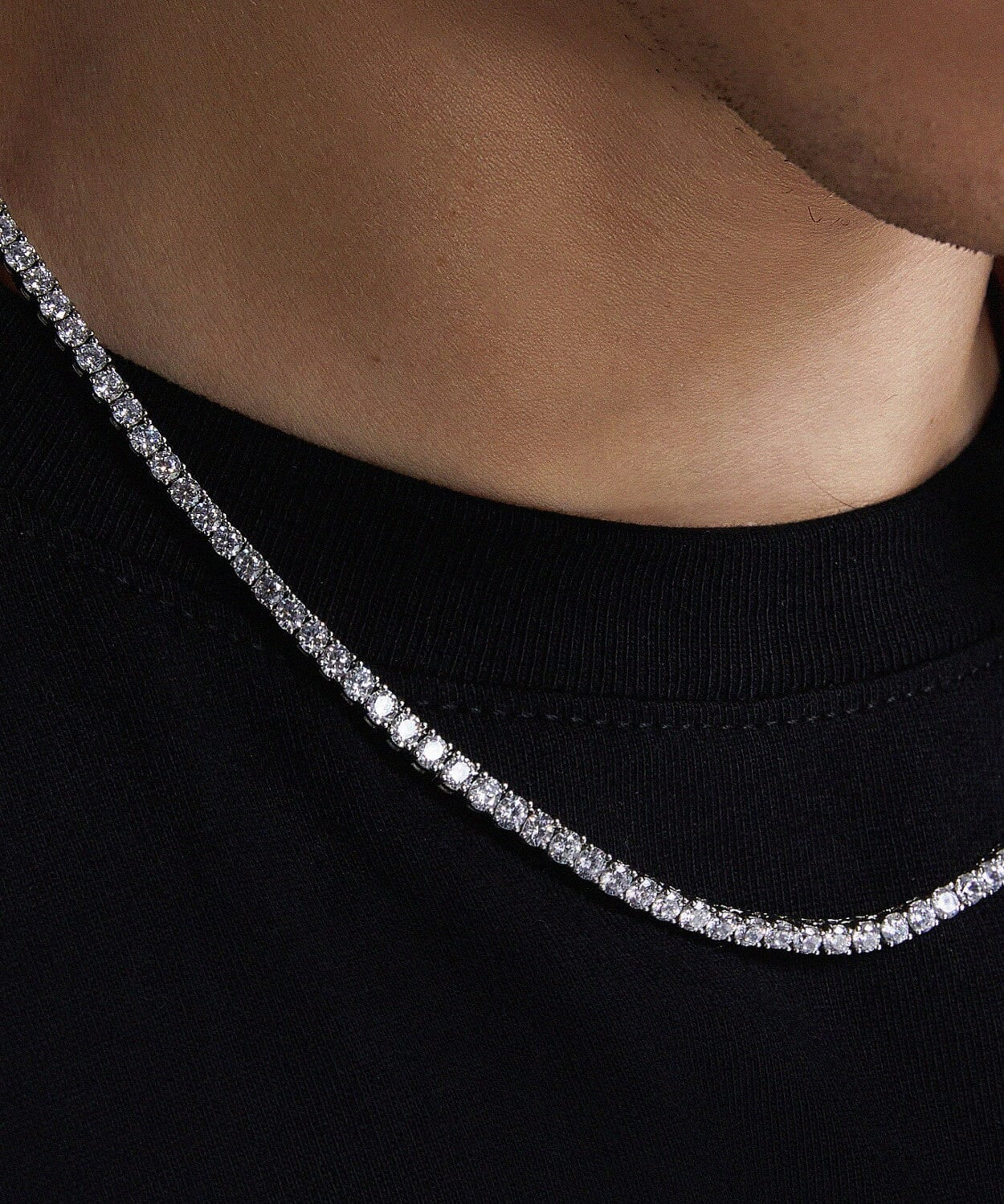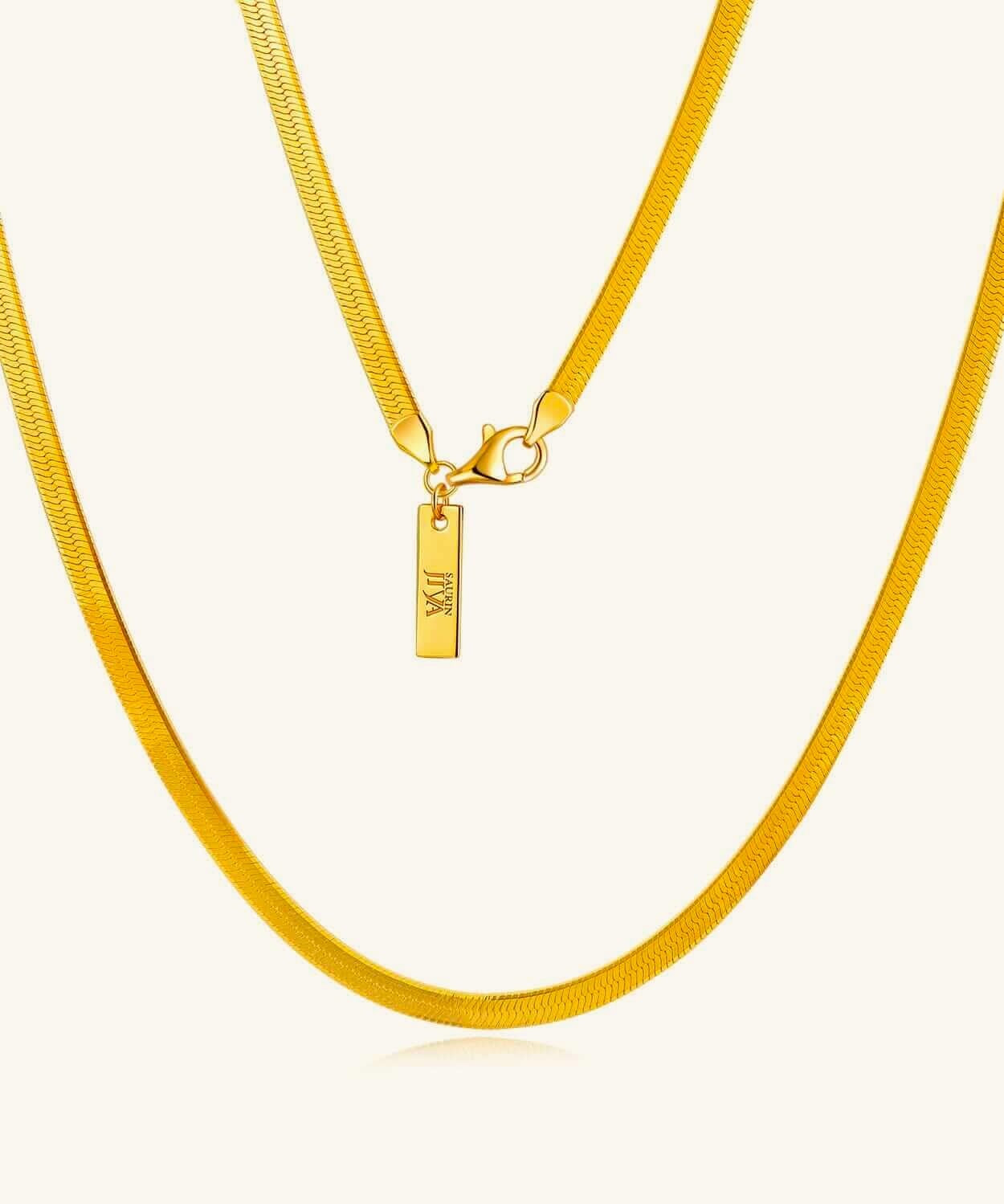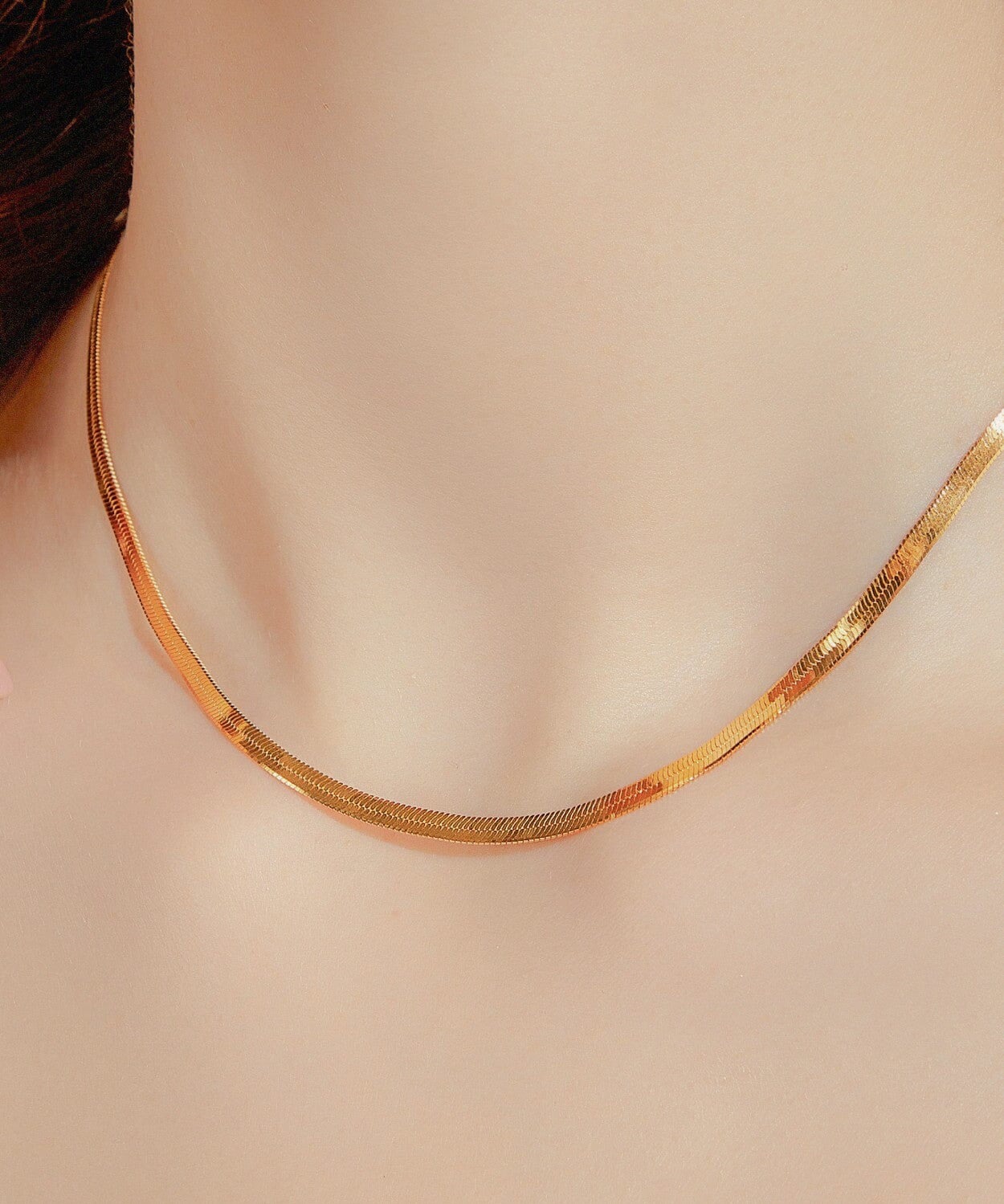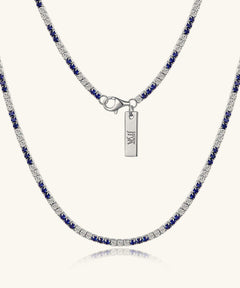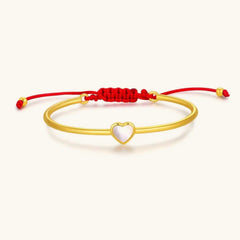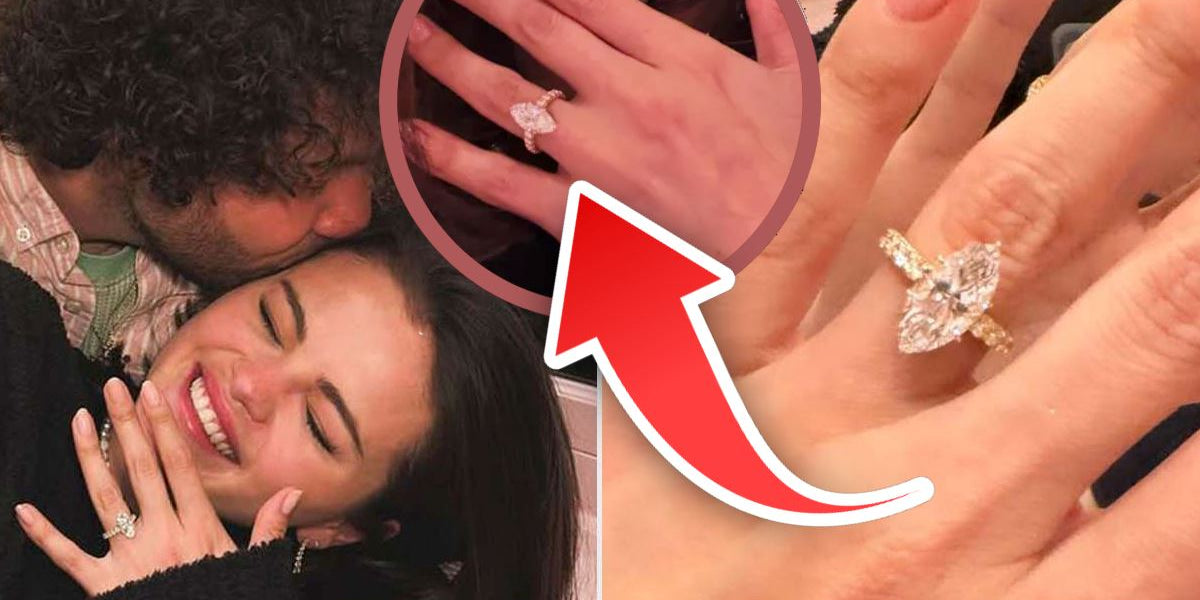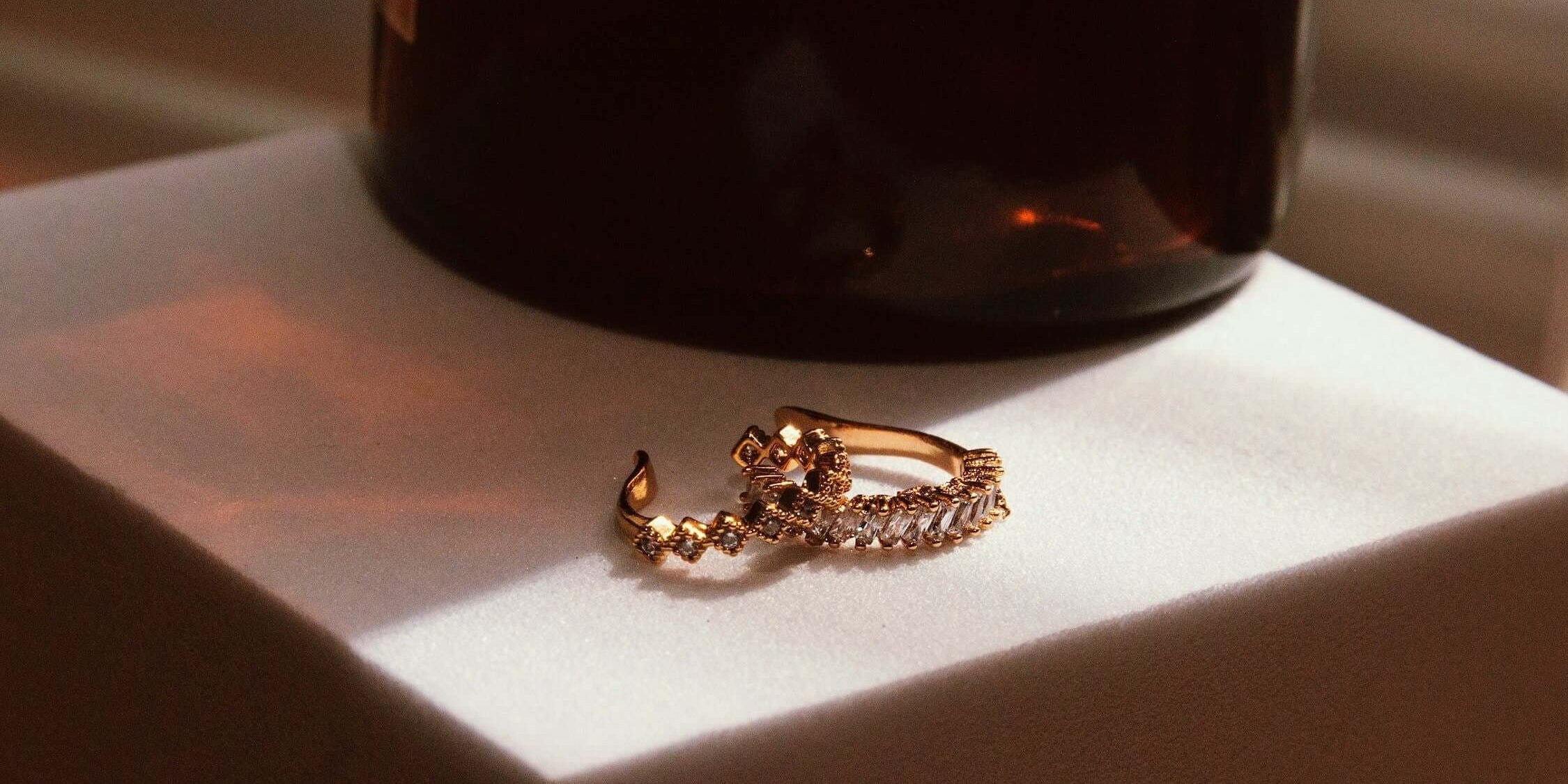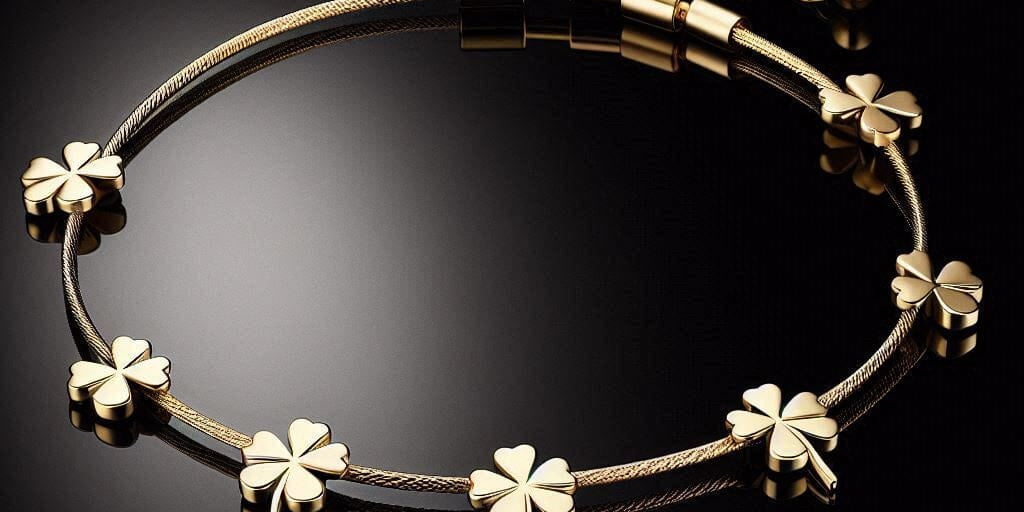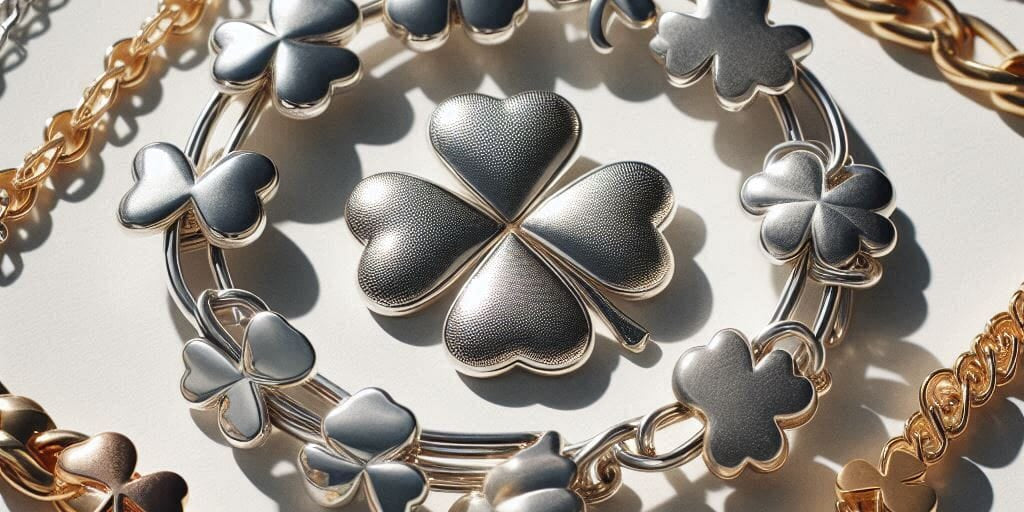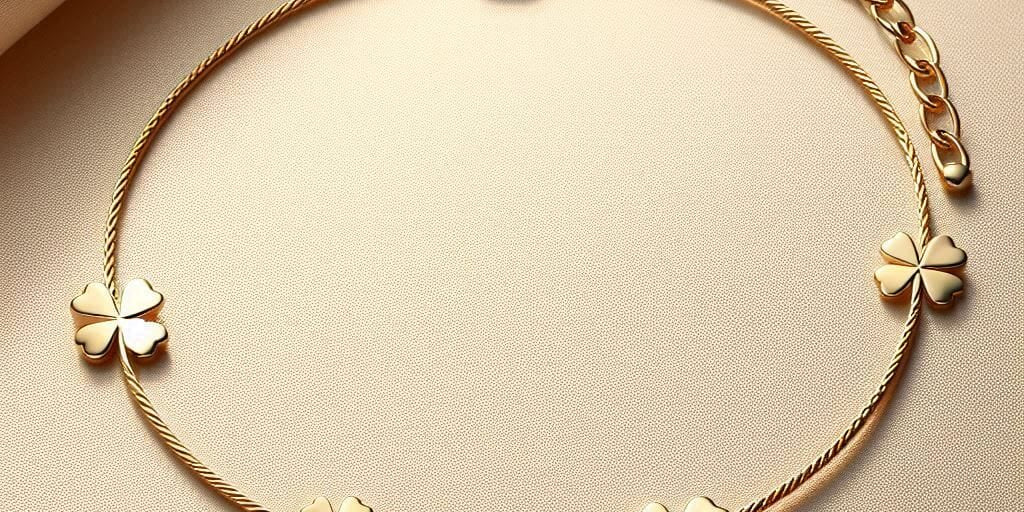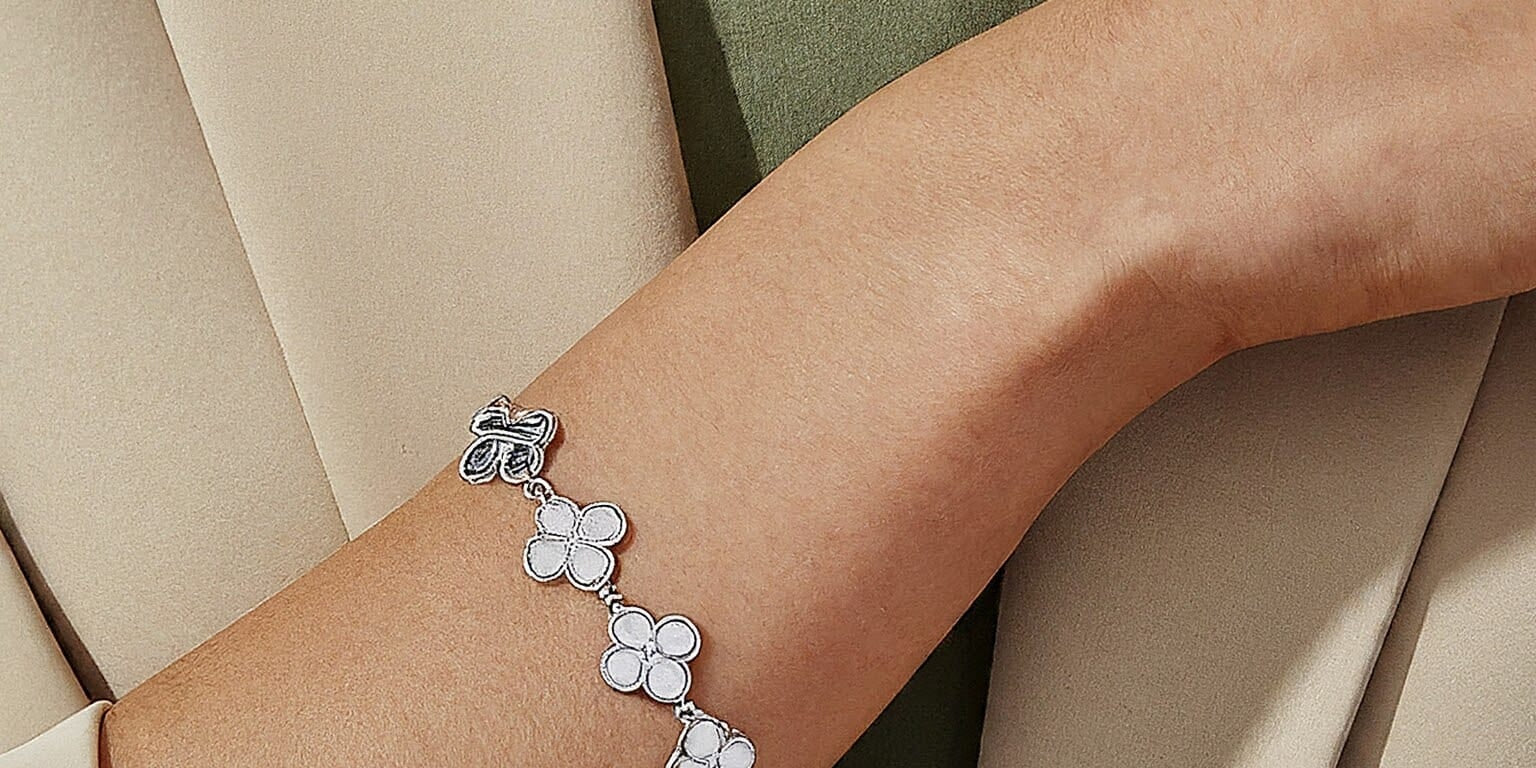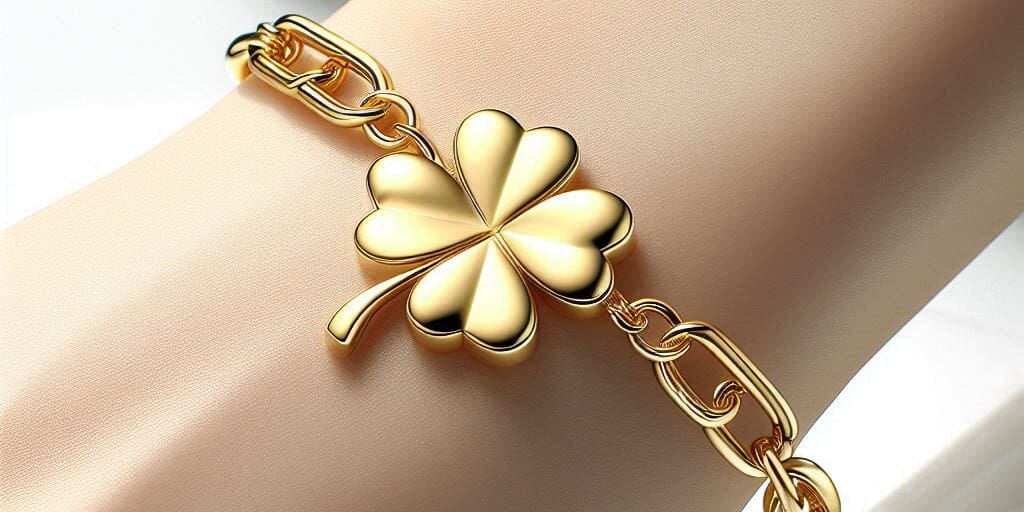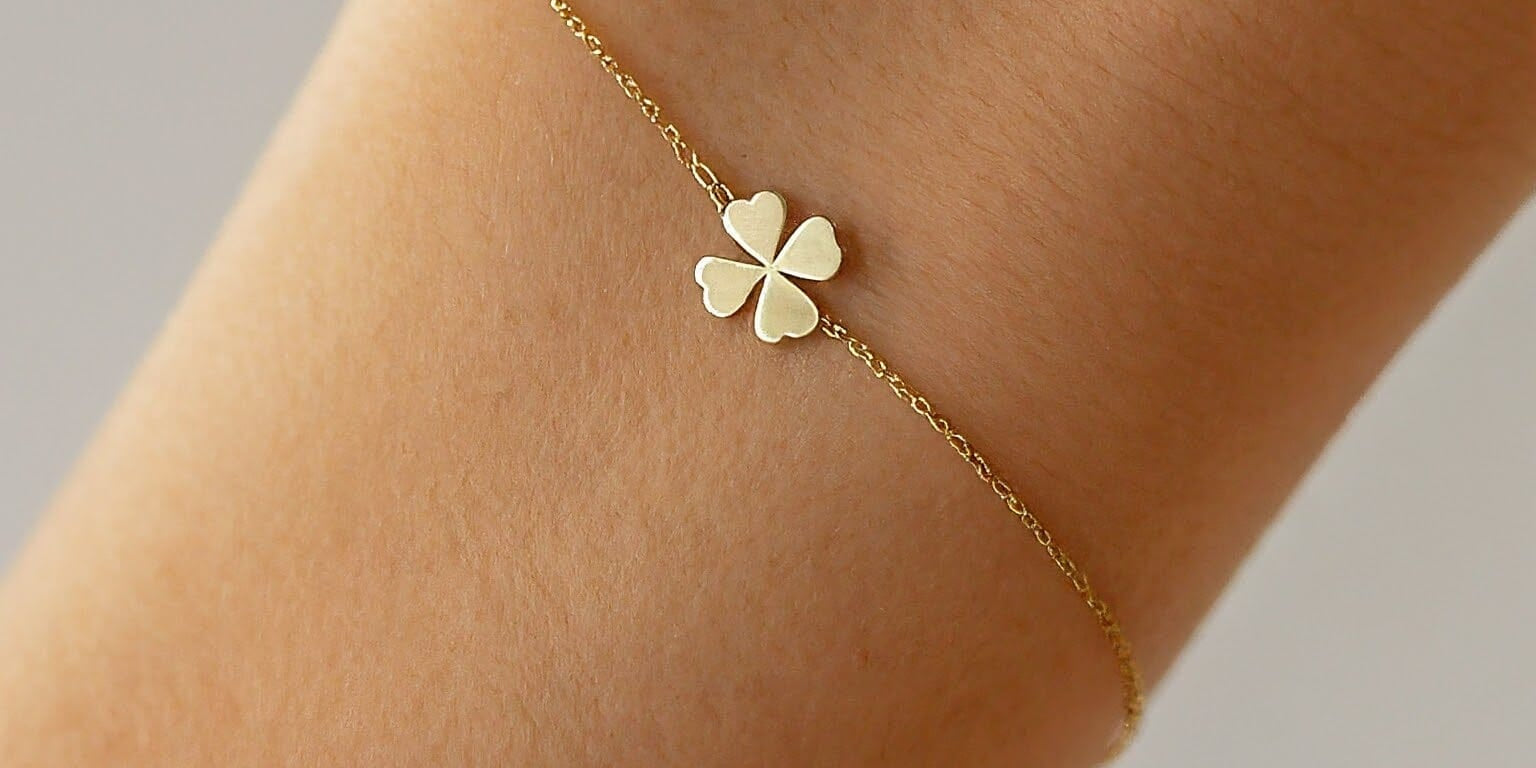Eighteen-karat gold plating does feature real gold; however, the layer is incredibly thin.
While the presence of genuine gold contributes to an alluring luster, this thinness can lead to confusion and misconceptions among buyers. They often ponder the longevity and true value of 18k gold-plated jewelry compared to solid gold counterparts.
Understanding the distinction is vital: knowing that 'plated' indicates a mere gold veneer, it becomes crucial to set appropriate expectations for the piece's performance and resilience against the rigors of everyday wear.
Is it worth the investment?
Understanding 18k Gold Plating
The term "18k gold plated" signifies that a thin layer of 18-carat gold has been electrochemically bonded to the surface of another metal. The core of this jewelry is typically made of a less precious material such as copper or brass, which, while sturdy, is significantly more affordable than solid gold. The 18k coating ensures that the piece exudes a lustrous golden hue associated with luxury, but it's important to recognize that the opulence is skin-deep. The gold layer, usually between 0.5 to 5 microns thick, offers a certain level of quality in the realm of plated items; however, the thickness and quality of the plating—as well as the type of base metal—play pivotal roles in the piece's durability and color longevity.
The Basics of Gold Plating
Understanding gold plating begins at its most fundamental: a substrate metal is coated with a layer of gold, mere microns in thickness. This layer, although real gold, is vulnerable to wear and tarnishing over time, particularly if the underlying metal is reactive.
Gold-plated jewelry is, in essence, a marriage of economics and aesthetics. The core usually consists of a durable, less expensive metal such as nickel or stainless steel, which is then overlaid with gold to achieve an opulent appearance without the high cost of solid gold. The craftsmanship involved in plating can significantly affect the final product’s appearance and longevity.
18k gold plating is appreciated for its higher gold content, offering a richer and warmer luster.
The longevity and appearance of gold-plated pieces are at the mercy of the plating's thickness and the base metal's quality. Often, a thicker plate means a longer-lasting item. However, exposure to elements, chemicals, and even body oils can hasten the degradation of the superficial gold layer, making meticulous care essential to preserve the gleam and beauty of these items.
Composition and Purity
18k gold plating involves the application of real gold onto another metal's surface, creating a product with a luxurious gold finish. It merges the allure of gold with a base metal stability, balancing cost-effectiveness with visual appeal.
A typical gold-plated piece contains 75% pure gold. This is what the "18k" signifies.
The purity of the plating is a critical factor in both value and appearance. It refers to the actual gold content adorning the surface.
Gold plating adheres to a substrate metal such as copper or brass through an electroplating process. This melding is not just for beauty but also to harness the metal's inherent durability.
Layers in 18k gold plating are microns thick—a fraction of a human hair. Despite this slenderness, it can have a substantial impact on the jewelry's color and shine.
Ultimately, 18k gold plated items use real gold, albeit only a thin layer. However, the essence of the piece—its core—is made from a different metal to ensure structural integrity.
Durability of Gold Plating
Gold plating's endurance is primarily a function of its thickness and the activities it endures in daily wear.
- Thickness of Gold Layer: Typically measured in microns, with common specifications ranging from 0.5 to 3 microns.
- Type of Base Metal: The durability can vary depending on whether a softer metal like copper or a sturdier one like stainless steel is used.
- Quality of Application: Professional electroplating and proper surface preparation can significantly extend the longevity of gold plating.
- Wear Conditions: Frequent contact with abrasive surfaces or exposure to harsh chemicals can accelerate wear.
- Maintenance Routine: Regular cleaning and careful storage can preserve the plated layer for a longer period.
Despite these measures, gold plating cannot rival the persistence of solid gold.
The gold layer on a plated piece will eventually wear away, revealing the base metal beneath.
Distinguishing Real Gold from Gold Plate
In the realm of fine jewelry, the distinction between solid gold and gold plating is not merely academic but essential. Real gold, a noble metal known for its enduring luster and chemical stability, remains consistent throughout the piece. In contrast, gold-plated items reveal their dual nature over time; a thin layer of gold is electroplated onto a less precious base metal, presenting a golden façade rather than a solid composition.
When assessing the authenticity of gold, hallmarks stand as a dependable guide, serving as a "fingerprint" for precious metals. These marks are not only a testament to the purity of gold but also a legal standard in many countries. As you inspect a piece, look for hallmarks indicating the gold's karat weight. In the absence of such markers, skepticism regarding the actual content of gold is warranted, as real gold will typically be clearly marked to reflect its authentic value.
Visual Inspection Tips
Examine the shine and coloration of the piece closely. Authentic gold has a distinct, warm glow that is hard to replicate precisely, and the hue of 18k gold—rich and saturated—should be uniform across the entire item.
Check for any signs of wear or fading. Gold plating can chip or wear down, exposing the less valuable metal underneath.
When inspecting for authenticity, carefully observe the edges and any intricate detailing. These areas can reveal the truth, as plating is more likely to wear off on high points and may appear thinner or show different tones of color if the gold layer is not consistent.
Remember that genuine 18k gold will typically present a hallmark denoting its purity. If you suspect the item of being gold plated, examine it with a magnifying glass. Look for faded areas or variations in color that suggest a thin gold layer over another metal. In the absence of hallmarks, this visual evidence can sometimes reveal the piece's true nature. However, without proper testing, absolute certainty is unattainable—an expert evaluation might be necessary.
Testing Gold Authenticity
Employ the magnet test. Genuine gold is not magnetic; a strong magnet may reveal a base metal underneath.
Consider the acid test, though with caution. A drop of nitric acid on an inconspicuous area—if it causes a reaction, it's likely not pure gold.
Weigh the item in question. Authentic 18k gold has a high density; significant deviations suggest a different composition.
Professional appraisal is advised. Only a certified jeweler has the expertise to ascertain the true gold content using specialized tools.
Certification ensures peace of mind. Seek laboratory reports or certifications verifying the gold's purity for unquestionable authenticity.
The Value Proposition
When evaluating 18k gold plated jewelry, the value proposition centers on an attractive balance between aesthetics and affordability. While the outer gold layer provides the lustrous appearance and premium feel reminiscent of solid gold, the lower price point reflects the use of a non-gold core. Discerning buyers seeking the opulent look of gold without the substantial financial commitment often find that 18k gold plated pieces offer a compelling alternative. It is crucial, however, to have realistic expectations regarding longevity and wear, as the gold layer, despite its allure, is prone to eventual thinning or wear through over time.
Cost Comparison
The allure of affordability is palpable. 18k gold plated jewelry emerges as an economical choice when compared to solid gold equivalents.
For a clear cost perspective, consider the market value of gold, often quoted in ounces. An 18k gold piece weighs significantly more and thus contains a higher quantity of gold, which is reflected in its price. Conversely, 18k gold plated items, which feature a thin layer of gold over a base metal, cost considerably less. This difference enables a wider audience to enjoy the golden gleam without investing a fortune. However, the reduced expense also indicates a compromise in longevity and potential resale value.
Naturally, the longevity of the gold layer affects budget considerations. While the upfront cost of 18k gold plated items is undeniably appealing, their susceptibility to wear may lead to more frequent replacements or re-plating costs over time. This adds a dynamic to cost-benefit analysis and must be evaluated against the enduring nature of solid gold investments.
Finally, the resale market paints a contrasting landscape for solid and plated gold pieces. While 18k solid gold maintains a quantifiable value due to its intrinsic material worth, 18k gold plated items typically offer minimal return on investment. This divergence stems from gold's market liquidity and plated jewelry's dependence on aesthetics over material content, emphasizing the importance of viewing these purchases through a lens of personal value rather than financial gain.
Depreciation Over Time
Gold plating inevitably wears away with use.
One must consider how this impacts value longevity. The thin layer of gold present in 18k gold plated jewelry will deteriorate over time due to exposure to elements like sweat, oils, and abrasive surfaces. Consequently, pieces can lose their luster and appear lackluster compared to when they were new. The depreciation, then, is not merely a potential eventuality— it is an assured outcome of the plating process.
Depreciation occurs much faster than with solid gold.
What merits attention is the rate of decline. With proper care, solid gold retains its appearance and value for generations, an attribute that underpins its heirloom status. Conversely, the ephemeral nature of gold plating implies a relatively swift diminishment of visual appeal and worth - it is not a question of if but rather when such depreciation will manifest.
Consideration of this lifecycle is paramount to your decision.
As a discerning buyer, one must weigh the ephemeral charm of gold-plated jewelry against the enduring legacy of solid gold. Knowledge of these temporal characteristics is crucial, especially as we approach the year 2023 and beyond. Astute investors discern that while the initial cost is lower, the frequency of replacement or re-plating may outweigh any initial savings, depreciating both the material's value and its aesthetic allure over time.
Maintenance and Care
Proper maintenance can substantially prolong the life of 18k gold-plated jewelry, enhancing its luster and appeal. Regular gentle polishing with a soft, lint-free cloth can prevent tarnishing and maintain the jewelry's sheen.
When it comes to cleaning, it's judicious to employ mild soaps and warm water, avoiding harsh chemicals that could erode the thin gold veneer. It's important to pat the pieces dry immediately to prevent water spots and potential damage to the delicate gold layer.
Storage is equally pivotal; keep 18k gold-plated pieces separated in soft pouches or lined jewelry boxes to fend off scratches and preserve their gleam.
Preserving the Shine
To sustain the incandescent glow of your 18k gold-plated jewelry, meticulous care is imperative.
- Avoid Exposure: Keep your adornments away from chemicals, such as chlorine, which can accelerate tarnishing.
- Gentle Cleansing: Use a solution of warm water and mild soap for cleaning, followed by a thorough rinse.
- Soft Touch: Dry and polish with a soft cloth, taking care not to rub with excessive force, to prevent wearing off the gold layer.
- Proper Storage: Store your pieces in individual soft pouches or lined compartments to avert scratches.
- Periodic Maintenance: Have your jewelry inspected by a professional jeweler regularly to assess the need for potential re-plating.
Consistent, attentive care ensures enduring magnificence and the prevention of premature degradation.
Despite careful maintenance, the gold layer may eventually diminish, revealing the base metal; when this occurs, re-plating may be a prudent restoration method.
Repair and Replating Options
Over time, active wear and environmental factors can erode the luster and finish of 18k gold-plated jewelry, necessitating repair. When scratches or signs of wear become apparent, professional intervention can return your piece to its former glory.
Replating is often the remedy for surface damage to gold-plated jewelry. Depending on wear, replating may be needed periodically.
Skilled artisans can meticulously repair and replate your cherished pieces, applying a new layer of gold. This intricate process revitalizes the jewelry's appearance, restoring its radiant sheen and extending its lifespan. Evaluations should consider the thickness of gold applied and the piece's sentimental and material value.
The decision to repair or replate should be guided by the condition of your jewelry and how often it's worn. Pieces with historical or significant emotional meaning may warrant the investment in regular replating to maintain their beauty and integrity indefinitely. It's crucial to find a reputable jeweler with the expertise and precision to ensure the revitalization aligns with the original craftsmanship. Remember, not all 'gold' is eternal; replating is akin to "turning back time" in the lifecycle of your cherished adornments.
